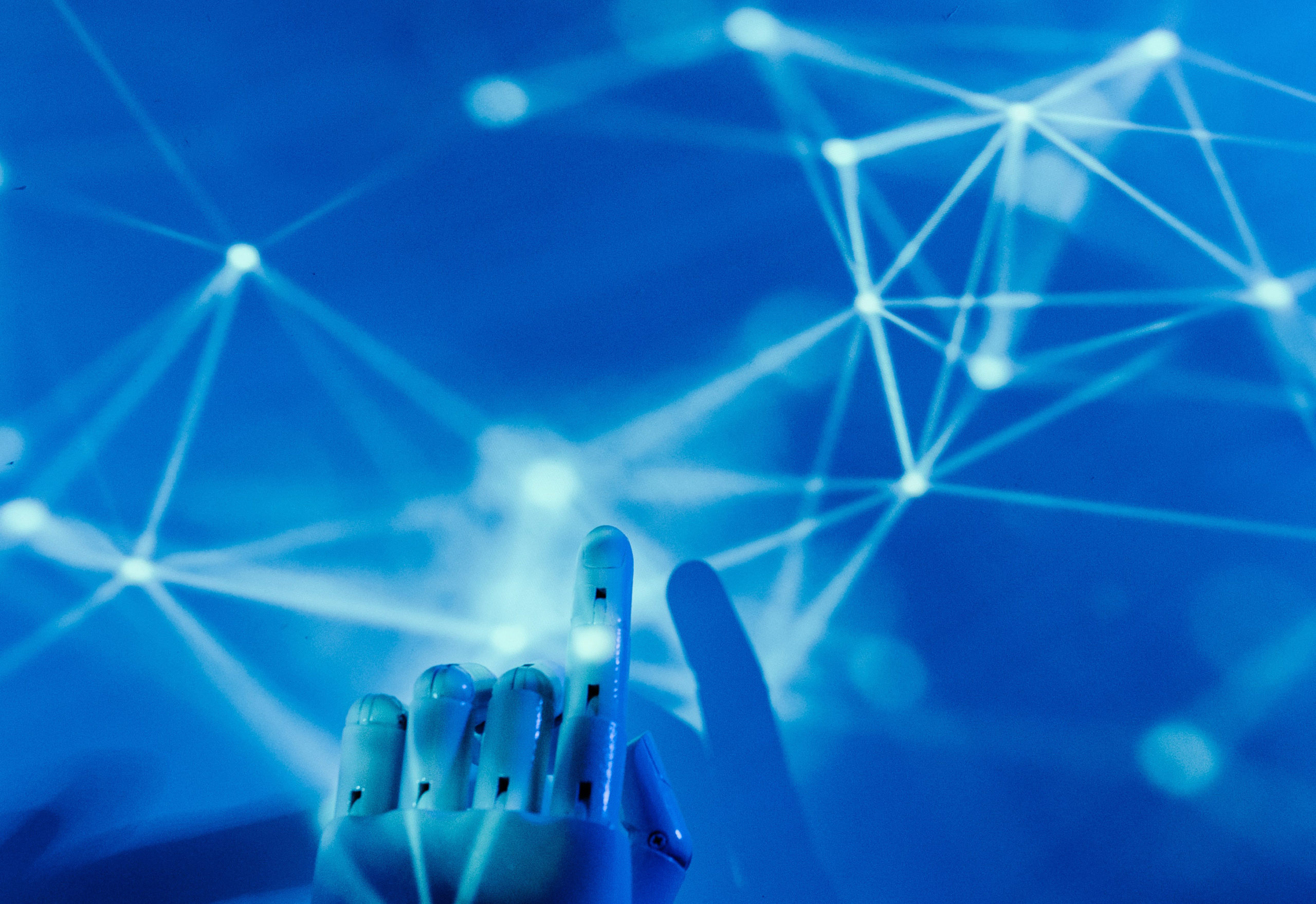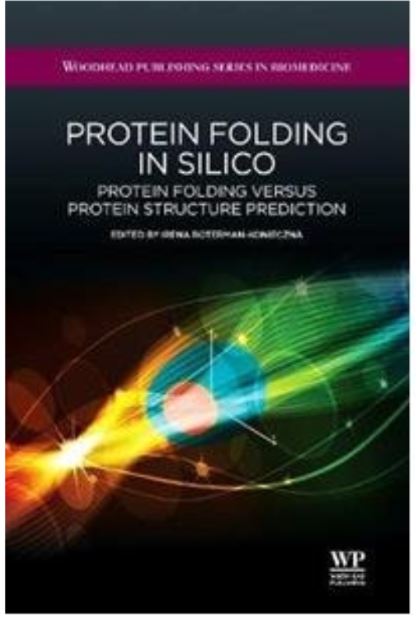AI
AI-Summer 2022: Hospital-green Apps Keep Level with Army-green

A new Market Study by Zion predicts the global AI market to seven-fold in 7 years, 2021-28. Military ICT and AI fill the headlines since February, ranging from apps such as StarLink or embedded/ avionics (see from 1:28 min. ) to Logistics and C5ISR (Command, control, communications, computers, cyberdefense, Intelligence, Surveillance, Reconnaissance). Yet AI in health & life sciences keeps in step nevertheless.
I heard about the C*I paradigm 25 years ago, after delivering a talk at an AI congress sponsored by NASA. By then, C3I was becoming C4I. The 5th C, computers, soon permeated all the rest. Last year, a bipartisan Congress report by the National Security Commission on AI, involving 15 prominent Tech and research leaders (for an executive summary, scroll to pages 9 thru 17) pointed out that T. A. Edison’s words about electricity cover the AI future as well: “It is a field of fields… it holds the secrets which will reorganize the life of the world.”
Now that the EU simplifies both entry for Ukrainian citizens and cooperation in EU-funded ICT & AI research, Ukrainian R&D can (in my opinion) bring to the party some insights of literally vital importance, learnt during the war, such as horizontal communication, agility, or responsiveness: The Ukrainians have surprised us, surprised everyone, with how innovative they can be, former ambassador to Ukraine Bill Taylor told Time Magazine.
Inventive shortcuts, that led from an idle wish to up and running flight simulators for the A-10 Warthog, showcase such abilities. The A-10 has a consistent long-term track record of knocking out Russian-made tanks in open landscapes, which fits Ukrainian needs. Training in advance saves precious time (plus likely, makes American surplus A-10 a natural next step for both Ukraine and the US). Infantry officer Alexander Gorgan’s team (or perhaps more precisely, self-organizing ecosystem) built the simulator iteratively in just a couple of months, using lowcost off-the-shelf components.

Health care became equally time-critical during the pandemic, and even more so during the war. It’s turning out, emergency care and defense have several kinds of challenges in common. For example:
– Struggling to defeat a hardly predictable, poorly known intruder, despite strained resources such as tools, protective gear, food, fresh air, or floor space
– Long-term overloaded personnel, suffering from ethical stress (“whom shall I rescue next – and whom not…” ) and a creeping burn-out syndrome.
– Immediate, relevant, correct, updated info to the doers (and, if not classified, to all citizens)
– bottlenecks in logistics, planning/coordination, etc.
All of these are increasingly AI & ICT related, so that even biotech and medical apps abound: diagnostics, treatment-decision support, wearables/real-time monitoring, outbreak science (scroll down to “2. AI & ML” here), protein discovery, vaccine design, evaluation of new scientific knowledge, and in silico R&D in general, to name a handful. GPT-SWE and a health care project initiated by Sahlgrenska with AI partners (mentioned here last summer) boosted R&D in NLP models for medical Swedish. These are already saving time of scarce professionals. At the Uppsala University Hospital, Akademiska, medical Swedish-voice input recognition is cutting specialist nurses’ paperwork by 50%.
Last but not least, most groundbreaking changes in science, R&D, and knowledge-intensive professions globally, are emanating from DeepMind revolutionizing the way these professions work. AI and in-silico methods in life sciences can help to understand and model vital biological processes. Now that AlphaFold has predicted the structure of practically all proteins known to science (200+ million), DeepMind is offering its Protein Structure Database to anyone for free since August; finding protein structures in 3D is becoming as easy as googling a keyword. For DeepMind’s major contribution to green AI in NLP, scroll down to “5.” in this guestblog and some awe-inspiring benchmark test results.
New breakthroughs will follow, as DeepMind (and several other large AI competence centers) are interested in how proteins interact, and in many other app areas too.

by Milan Kratochvil

Trainer at Informator, senior modeling and architecture consultant at Kiseldalen’s, main author: UML Extra Light (Cambridge University Press) and Growing Modular (Springer). Advanced UML2 Professional (OCUP cert level 3/3).
Milan and Informator collaborate since 1996 on architecture, AI, modeling, UML, rules, requirements, and design. You can meet him this year at these courses in English or Swedish (remote participation is encouraged, and classroom participation offered too – as for September 2022) :
AI, Architecture, and Machine Learning
Agile Architechture Fundamentals
Avancerad objektmodellering med UML
(on demand: Modular Product Line Architecture )
Nyckelord: Ukraine, UML, ITarchitecture, simulator, HealthCare, AlphaFold, LifeSciences, inSilico, AI, A-10, Agile, GPT-SWE, C5ISR, NLP